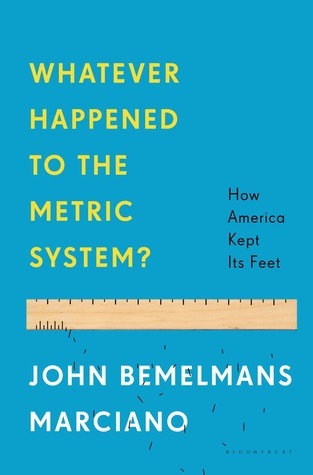What do you think?
Rate this book


320 pages, Hardcover
First published April 30, 2013
In the Babylonian sixtieths, Roman twelfths, and medieval halves, quarters and eighths there is the logic and genius of countless generations of people coming to grasp with the world around them, the same way there is a logic and genius in the Enlightenment tenths, hundredths and thousandths of the metric system. What is good about the latter does not negate what is good about the former.